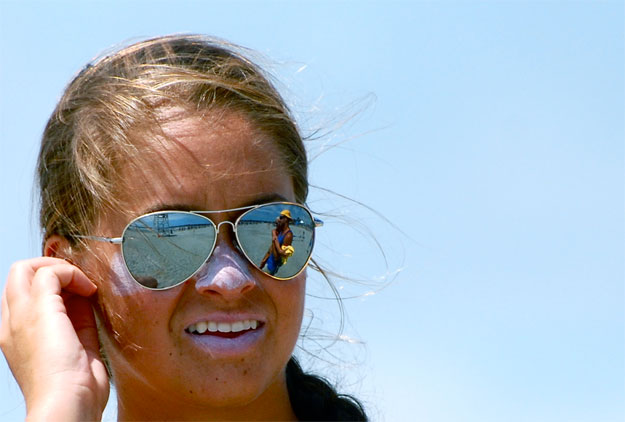
Just weeks ago, the FDA finally released their long awaited, updated sunscreen regulations. Photo: Guadagno
In 2012, we might finally have some much-needed clarity in the sunscreen category. Just weeks ago, the FDA finally released their long awaited, updated sunscreen regulations. Though the new regulations are a bit less comprehensive with regards to UVA protection than many had expected, they should begin to bring many sunscreen label claims back down to earth. Companies will be required to comply by summer 2012. This will help consumers ensure they are getting better UVA and UVB, “Broad Spectrum” protection. For summer 2011, consumers must still be vigilant about the products they purchase as many will not measure up to the new 2012 standards. For more on what to look for in 2011, read this.
The FDA made final a number of standards, while proposing a cap of the SPF number at “50+” and reviewing the efficacy of sunscreen sprays. The large body of data does not demonstrate the SPF numbers higher than 50 provide any more benefit than an actual SPF 50 provides. Furthermore, an SPF 50 only provides 1% more protection than an SPF 30 and many experts question whether or not that extra 1% can truly be demonstrated outside of the testing environment. As far as the sprays are concerned, the current data indicates considerable discrepancies with regards to dosages and efficacy in comparison to that of lotions, creams, sticks, etc. The FDA will be taking public comments on these proposals until September 15th. The FDA will then determine the time of review and determine the fate of the SPF number and spray sunscreens.
The new final label regulations and sunscreen standards for 2012 and beyond, as published by the FDA, look like this:
Broad Spectrum Protection. Sunscreens that pass FDA’s broad spectrum test procedure, which measures a product’s UVA protection relative to its UVB protection by way of the Critical Wave Length Test, may be labeled as “Broad Spectrum SPF [value]” on the front label. For Broad Spectrum sunscreens, SPF values also indicate the amount or magnitude of overall protection. Broad Spectrum SPF products with SPF values higher than 15 provide greater protection and may claim additional uses, as described in the next bullet.
Use claims. Only Broad Spectrum sunscreens with an SPF value of 15 or higher can claim to reduce the risk of skin cancer and early skin aging if used as directed with other sun protection measures. Non-Broad Spectrum sunscreens and Broad Spectrum sunscreens with an SPF value between 2 and 14 can only claim to help prevent sunburn.
“Waterproof, “sweatproof” or “sunblock” claims. Manufacturers cannot label sunscreens as “waterproof” or “sweatproof,” or identify their products as “sunblocks,” because these claims overstate their effectiveness. Sunscreens also cannot claim to provide sun protection for more than 2 hours without reapplication or to provide protection immediately after application (for example: “instant protection”) without submitting data to support these claims and obtaining FDA approval.
Water resistance claims. Water resistance claims on the front label must indicate whether the sunscreen remains effective for 40 minutes or 80 minutes while swimming or sweating, based on standard testing. Sunscreens that are not water resistant must include a direction instructing consumers to use a water resistant sunscreen if swimming or sweating.
Drug Facts. All sunscreens must include standard “Drug Facts” information on the back and/or side of the container.
For more information on the FDA regulations, visit the FDA’s website.
Brian Guadagno is the Founder of RAW Elements Physical Eco-Protection Sunscreen.

